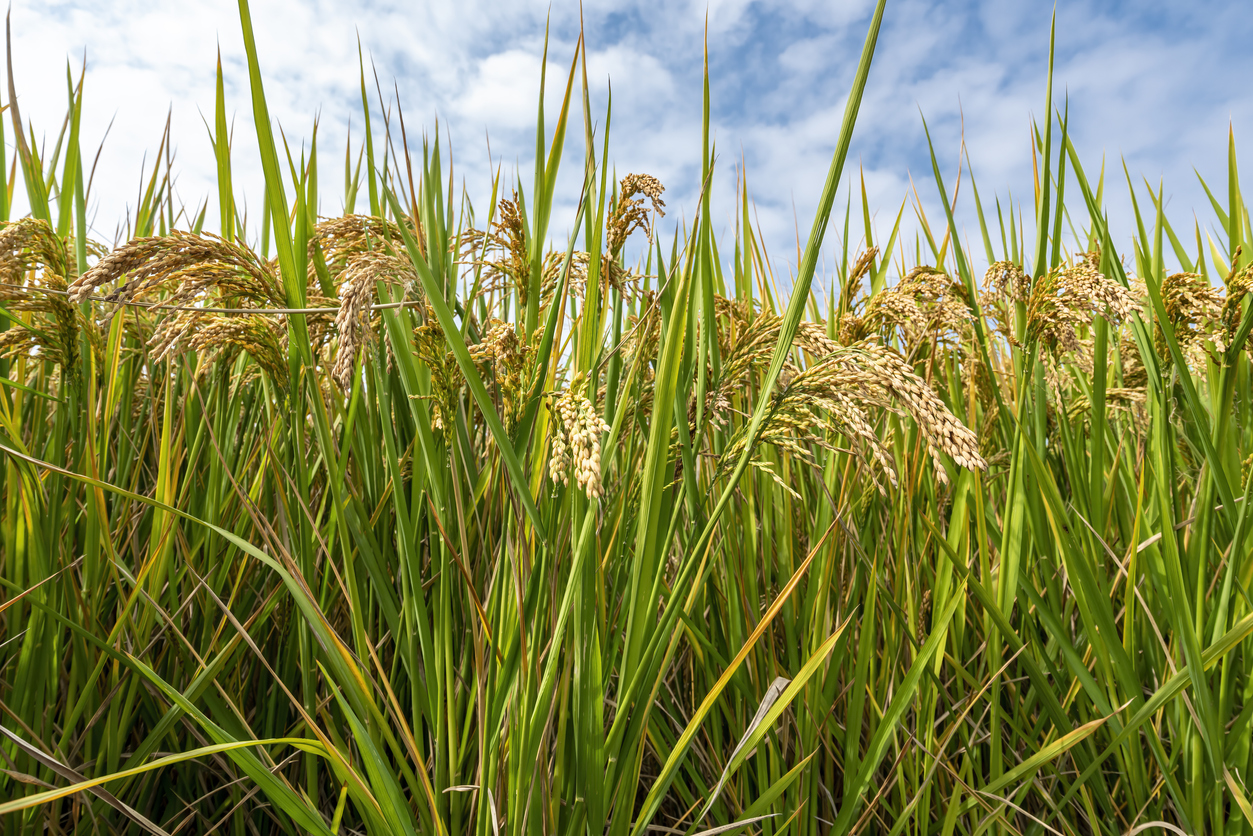
Gene Editing in Rice Leads to Broad-spectrum Resistance to Bacterial Diseases
November 29, 2023| |
Bacterial blight (BB) and bacterial leaf streak (BLS) are two of the most devastating diseases of rice worldwide. These diseases can cause significant yield losses and make it difficult for farmers to grow rice. Researchers from the Chinese Academy of Agricultural Sciences and partners reported a strategy to protect rice from BB and BLS. Their findings are published in the Plant Biotechnology Journal.
The strategy involves inserting multiple effector binding elements (EBEs) into the promoter of a rice gene called xa23. EBEs are small pieces of DNA that bind to proteins called transcription activator-like effectors (TALEs). TALEs are produced by the bacteria that cause BB and BLS, and they are used by the bacteria to infect rice plants. By inserting multiple EBEs into the promoter, the scientists made rice plants resistant to a wide range of BB and BLS strains. The EBEs bind to TALEs from different strains of the bacteria, which triggers a defense response in the rice plant that prevents the bacteria from infecting the plant.
Field tests confirmed rice plants engineered with the EBEs were resistant to BB and BLS.
Read more in Plant Biotechnology Journal.
| |
You might also like:
- Pocket K No. 59: Plant Breeding Innovation: TALENs
- Gene Editing in Rice Using CRISPR-Cas12i3
- CRISPR Rice Shows Enhanced Tolerance to Salt Stress
Biotech Updates is a weekly newsletter of ISAAA, a not-for-profit organization. It is distributed for free to over 22,000 subscribers worldwide to inform them about the key developments in biosciences, especially in biotechnology. Your support will help us in our mission to feed the world with knowledge. You can help by donating as little as $10.
-
See more articles:
-
Gene Editing Supplement (November 29, 2023)
-
Research and Tools
- CRISPR-Based Editing of Wheat to Reduce Immunoreactivity
- CRISPR Improves Resistance of Banana to Xanthomonas Wilt Disease
- CRISPR-induced Mutations Lead to Soybean Cyst Nematode Resistance
- Gene Editing in Rice Leads to Broad-spectrum Resistance to Bacterial Diseases
- Gene Editing and Genetic Modification Technologies to Enhance NZ Pasture
-
Policy Considerations and Approvals
- More Info on EU Proposal Needed, European Scrutiny Committee Says
-
Read the latest: - Biotech Updates (December 17, 2025)
- Gene Editing Supplement (December 17, 2025)
- Gene Drive Supplement (February 22, 2023)
-
Subscribe to BU: - Share
- Tweet

